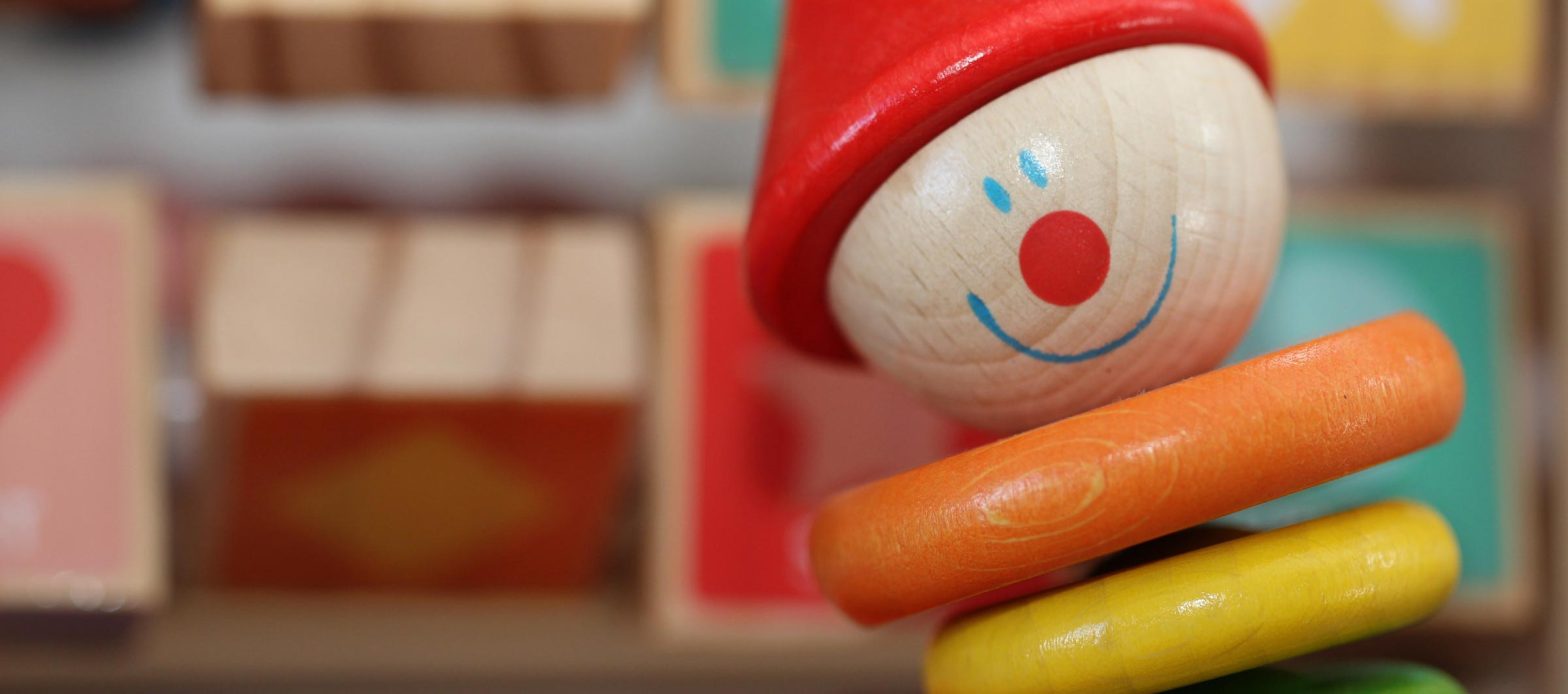Helping Your Newborn To Learn
Did you know that sensory and brain mechanisms for hearing are developed at 30 weeks of pregnancy? According to a study by Patricia Kuhl, co-author and co-director of the Institute for Learning & Brain Sciences at the University of Washington, babies only hours old are able to differentiate between sounds from their native language and a foreign language. Her study shows that unborn babies are listening to their mothers talk during the last 10 weeks of pregnancy and at birth can demonstrate what they’ve heard. By the time your baby arrives, they have started to learn about their new world.
Natural Reflexes
Babies are born with reflexes which are involuntary actions essential for survival. Your newborn will display the “rooting reflex” demonstrated by a sucking action when you put your finger in their mouth. At around 3 weeks of age your baby will turn toward the breast or bottle not just by reflex, but because they’ve learned that it’s a source of food. Other reflexes like the startle and grasp reflex are also present at birth but disappear as your baby develops. You can learn more about your baby’s natural reflexes here.
Introducing Play
During the first weeks and months babies spend much of the day sleeping or seeming drowsy. As your baby gets older and stronger, they will mature and be awake and alert for longer periods of time.
The best time to engage in playtime is when your baby is fed and well rested. If they are looking around and showing interest in their surroundings, introduce some basic toys. A gentle rattle or the touch of something silky soft are soothing and not overstimulating. Progress to simple things like rolling a ball along, looking at pages in a board book and checking each other out in a mirror. Loud, bright, noisy and constantly moving plastic toys can startle and overstimulate young babies.
Try toys and mobiles with contrasting colours and patterns. Monochrome, colour shades, curves, and symmetry stimulate your infant’s developing vision. As babies gain more control over their movements, they’ll interact more with people, toys and their environment.
Other activities for helping your newborn to learn are:
- Play some soothing music and gently sway your baby to the tune.
- Look at your baby, talk and sing songs. Smile, stick out your tongue, and make other expressions for your infant to watch and learn.
- Introduce tummy time! It’s a great way to strengthen shoulder, next and back muscles and gives a whole new perspective on their world. Always supervise tummy time, introducing it slowly and allowing your baby to build up to longer sessions.
- Put your baby in their pram and go for a walk. It must be exciting for young children to feel the breeze, hear the leaves rustle in the trees and listen to children playing in the park.
Keep in mind that babies develop at different rates, and there is a wide range of normal development. If you have any concerns about your newborn’s ability to see or hear, or your baby doesn’t seem to be developing well in other ways, talk with your doctor.
Best of all, enjoy each and every day with your new baby. It’s true, they do grow up before you know it.
Cheers


